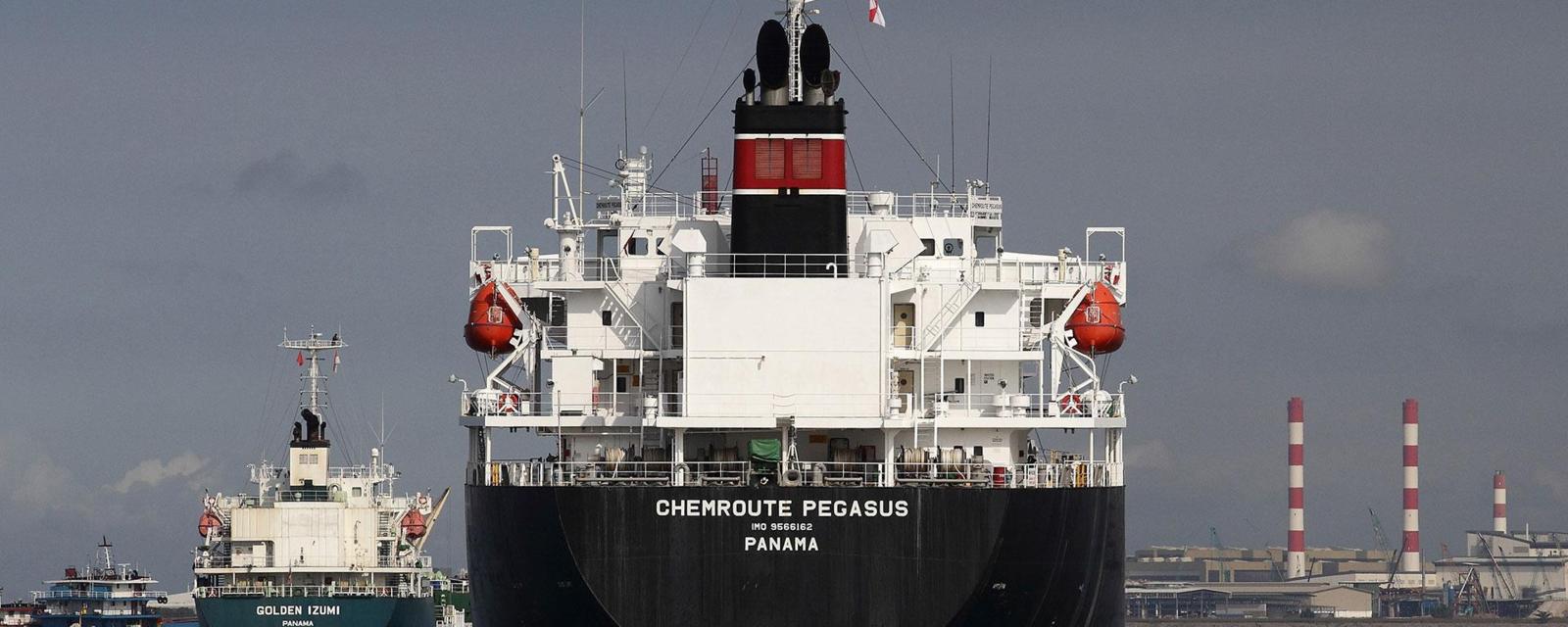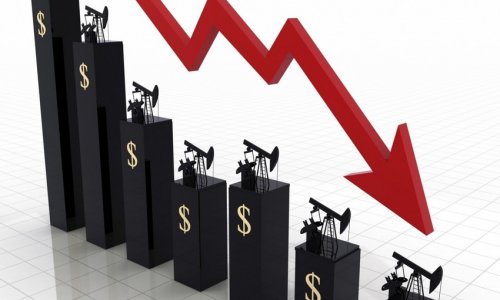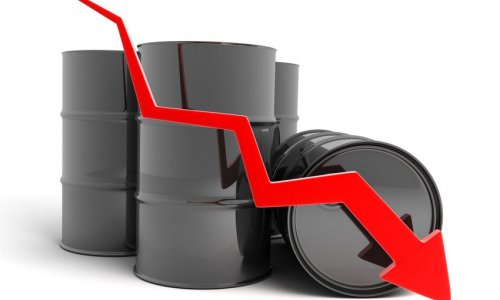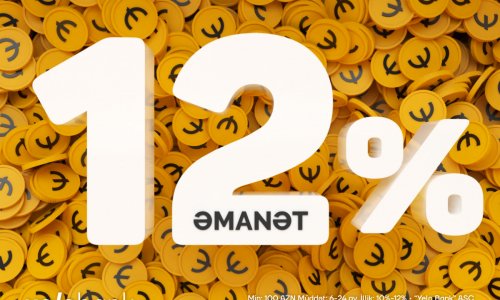In the last few months, something mysterious has been happening in the seas around major ports. More oil tankers than usual are anchoring for days and weeks on end – why?
Three billion tonnes of crude oil and refined products are shipped on huge tanker vessels worldwide every year. But recently, some of these ships have stopped. In fact, since March, many more than is usual have simply been anchored off ports like Singapore and Rotterdam in the Netherlands – and it’s not immediately clear why.
The International Energy Agency (IEA) has been monitoring the situation. It has tracked just under 94 million barrels of unrefined crude oil in what’s known as "floating storage” at the end of May. And Clarksons, a shipping analyst firm in London, says it has tracked an increase from 85 to 120 oil tankers at anchor around the world.
To measure these things, Clarksons tracks ships visually with satellite imagery and compares this to known information about how oil is being traded in the world. "It’s quite a bit of detective work trying to piece all those bits of information together,” says Simon Chattrabhuti, a market analyst at the firm.
The Clarksons figure covers a range of ships from 55,000 deadweight tonnage (dwt) to 440,000 dwt – including 55 Very Large Crude Carriers (VLCCs) of 279,000 dwt to 320,000 dwt and two Ultra Large Crude Carriers (ULCCs) of 320,000 dwt or more. The VLCC figure has risen by 18 since March.
These are big ships, and 90 million barrels is a lot of crude oil. Usually the amount stored floating is no more than about 70 million, according to the IEA. Why this increase?
Some have questioned whether a floating storage "contango” has unfolded. This is a situation in which oil traders keep oil at sea until the price rises – effectively making money while doing nothing. However, the price of oil, while steadily rising again, isn’t actually going up quickly enough for this to make economic sense. Keeping oil on tankers isn’t cheap as there are shipping rates and insurance costs involved.
The real reason, most experts think, is that there just aren’t enough places to offload oil at ports – onshore storage tanks are full. This is thanks to a recent glut of oil, far more than is necessary for demand, which has both lowered the price of oil around the world and flooded storage with unwanted stock.
"Traders have been sending cargo to Singapore,” explains Andrew Wilson at the IEA, "but they can’t find the land-based terminals to offload it.
"At key terminals we have seen capacity being built out over the last five years, but stocks have ballooned.”
Wilson says that the amount of stored oil at Rotterdam is "approaching record levels” for example. And we’re not just talking about crude oil: some anchored ships off ports like Singapore, appear to be storing large amounts of bunker fuel, a refined product used by ships but not in especially high demand at the moment. This all appears to have happened because global oil supplies have far outstripped demand in the last year or two.
An interesting situation has also developed off the coast of Iran, where some large oil tankers are also anchored. Until January, there were sanctions prohibiting the export of Iranian oil. While those sanctions were in place, some of the country’s oil was stored offshore. It’s not clear why those stocks haven’t moved since sanctions have lifted but Wilson again thinks it’s a logistical issue. Some of those ships are storing a type of oil called condensate and not all refineries can process it thanks to a high number of impurities.
What will happen next? Tim Smith at London shipping consultants MSI believes that now the price of oil is rising again, stocks will begin to move onshore and into refineries at a greater rate, easing the floating storage situation.
"As prices increase, you’d expect refineries to be looking at drawing down some of those stocks,” he says.
Plus, there is a seasonal variation in how refineries work. The spring and summer period, following maintenance earlier in the year, is usually when production levels soar at these facilities. As oil stored on land gets sucked up, more will have to come off those ships to replace it.
Andrew Wilson adds that the IEA’s current prediction is that floating storage of crude will return to around 70 million barrels throughout the rest of the year.
Still, while we have a better idea of what’s going on, the picture with oil is always a little bit murky.
"It’s one of those stories where traders are the key and traders don’t let you know about what they’re doing,” notes Michelle Wiese Bockmann at oil industry analysts OPIS Tanker Tracker.
And there are further complications. Earlier this month, the Organisation of Petroleum Exporting Countries (Opec), failed to reach an agreement over oil production levels – agreed caps would theoretically help to ensure that supply doesn’t continue to overstep demand. If supply booms and oil prices fall again, it might make the floating storage situation worse.
Bockmann says all of this should be viewed in context, though. In 2009, the IEA tracked 112 million barrels of crude oil at sea – compared to the 94 million we are seeing today. Plus, there was a further 58 million barrels of oil products – 170 million barrels in total. At the time that was unprecedented and led to a true contango in which oil was traded offshore for economic gain.
"I’m certainly not seeing anything like that at the moment,” says Bockmann.
(BBC)
www.ann.az
Follow us !











